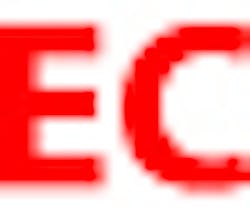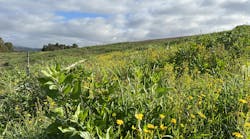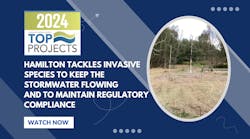Valuing What We Do Best
Why does anyone join a professional association? The short answer is that people value the connections that the association provides. These connections take many forms from information conveyed in a trade journal to presentations at conferences. But the most valuable connections are those one-to-one relationships that you form with others working in your field. These connections translate into economic value for you and your business.
IECA’s wealth and strength resides in its members and its Chapters. Many of us came to IECA for information and found information in abundance though technical courses and conference trade shows. Most importantly, networking with other IECA members who face similar situations helps us put our technical knowledge into a context for action. This is why we continue to be members of the association. The members of IECA who share their knowledge and experience with fellow professionals are the wealth of IECA. Chapters that develop opportunities for these discussions and nurture professional relationships are the strength of IECA.
Fostering these networks is the key role that IECA plays in accomplishing the mission of helping us solve the problems caused by erosion. In the coming years, the need for local and regional networks through Chapters will become vital. Faced with shrinking budgets, IECA members will need options that provide them with high-quality training and networking opportunities in their local areas and regions. And, as our work becomes increasingly governed by state, local, and regional erosion and sediment control regulations, we need to train and network at the local level.
As IECA grows and undertakes new initiatives, it is important to remain grounded in the wealth and strength of the member networks and Chapters. At the writing of this message, there were eight local or regional opportunities for Chapter members throughout the northern US and Australia posted on the IECA events page. These events include Chapter conferences, contractor seminars, field days, and certification workshops. Be sure to check out the agenda of these Chapter events-they put local experts, local regulators, and local professionals in the same room, or on the same project site, so you can learn close to home. At these events you can:
- Meet the regulator who oversees compliance for your projects
- Find a contractor that can provide a specialized service
- Dine with a potential client that needs to create a restoration plan
- Talk with a bright professional who is looking for a new employment opportunity
The next several years will test us, and we must be more efficient with the resources we allocate to our training and professional development. New regulatory initiatives and our improved understanding about watersheds and the effects of erosion, sedimentation, and hydromodification require a broad understanding of erosion, sediment control, and stormwater management principles and techniques.
For all of these reasons, I am delighted to accept the appointment as a Director on IECA’s Board. I see this as an opportunity to help foster a strategic direction that focuses on the members and Chapters. There have been great efforts to do this in the past, and these efforts will continue to improve. IECA needs to continue the development and creation of tools and programs that will assist members and Chapters with their professional and organizational needs. We need to Think Globally and Train Locally. In so doing, IECA will continue to be the foremost member organization for erosion and sediment control professionals.




